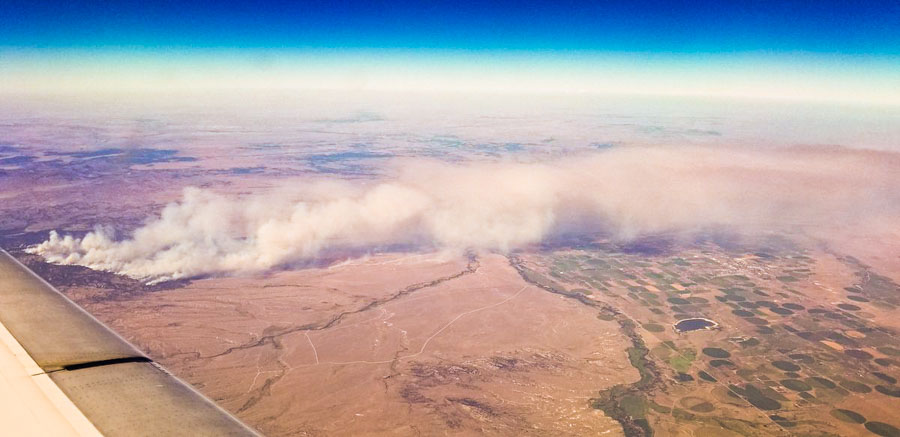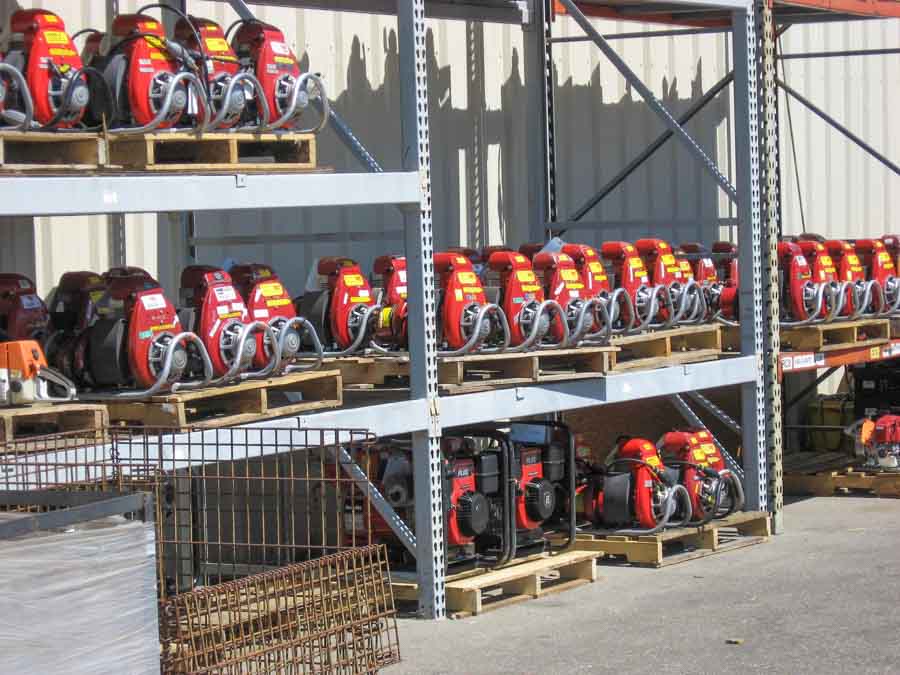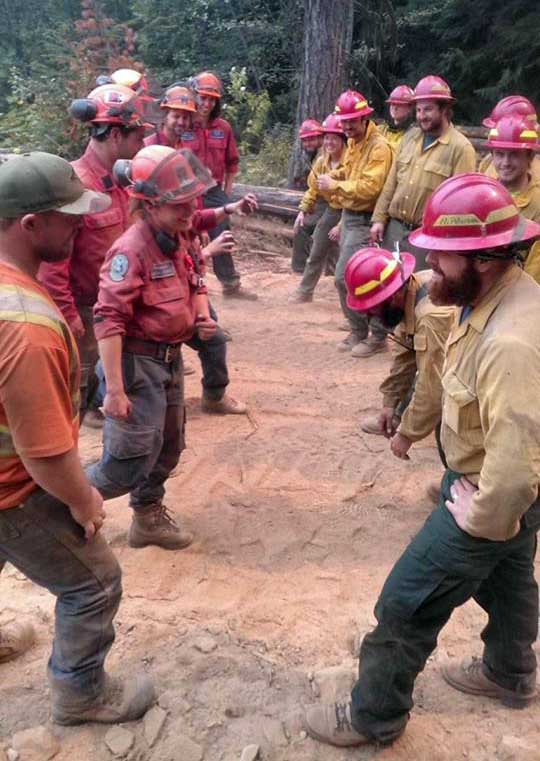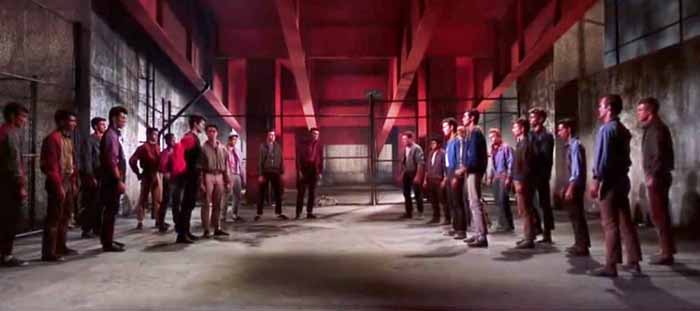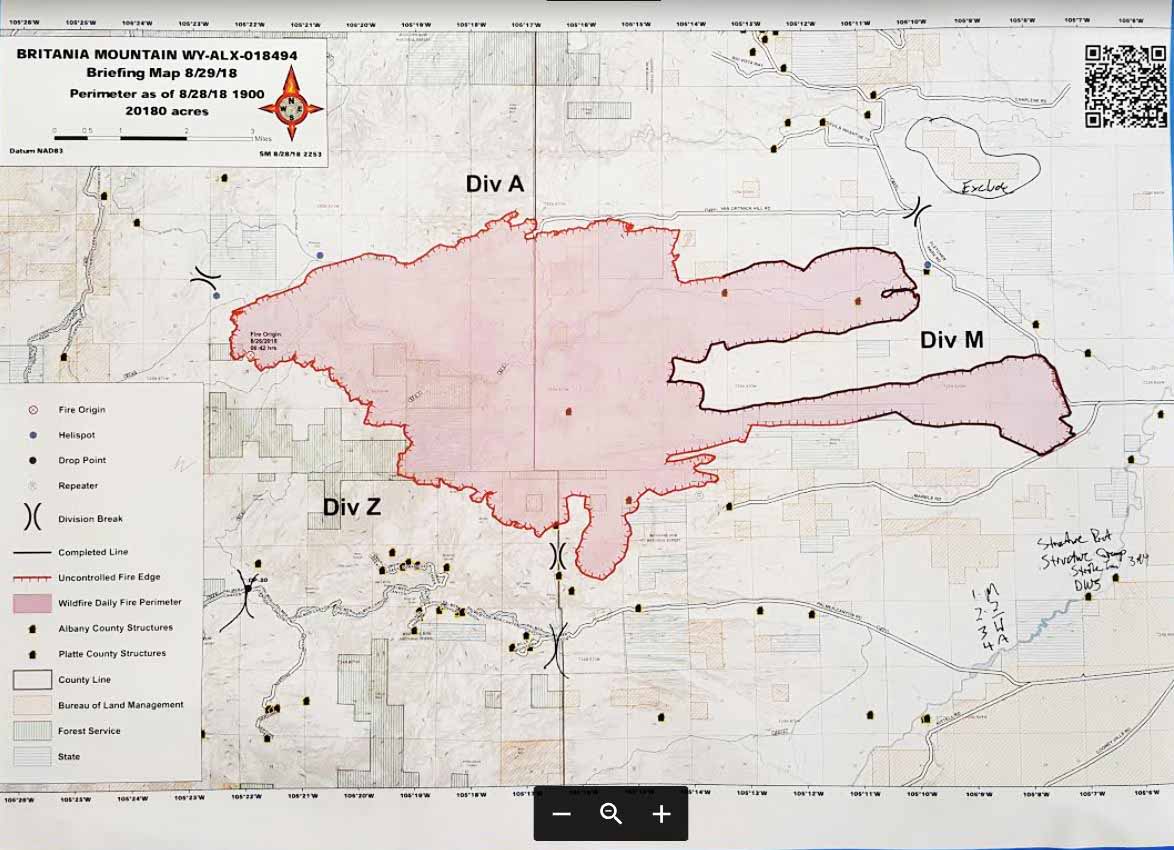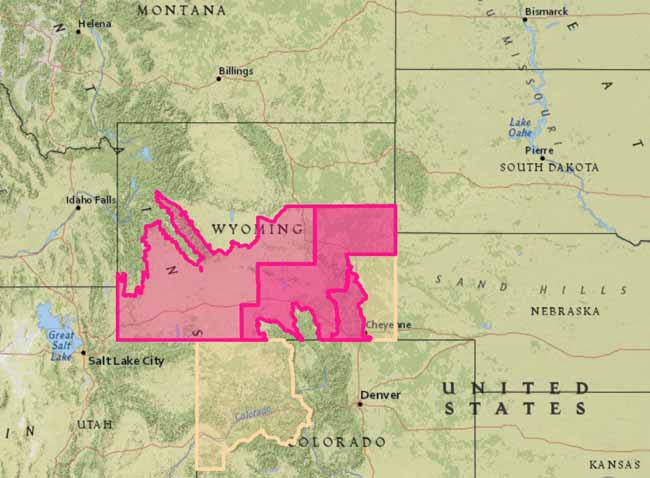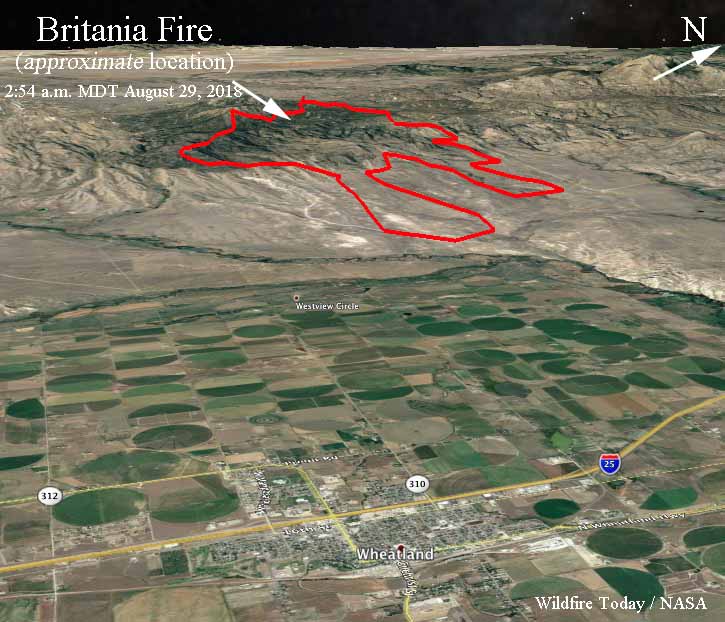The following “72-Hour Report” was distributed by the Wildland Fire Lessons Learned Center August 28, 2018 for an incident that occurred August 19, 2018 on the Mendocino Complex of Fires in Northern California.
THE FOLLOWING INFORMATION IS PRELIMINARY AND SUBJECT TO CHANGE
Location: Ranch Fire, Mendocino Complex, east of Ukiah, CA
Date of Occurrence: Sunday, August 19, 2018
Local Agency Administrator: Ann Carlson, Mendocino Forest Supervisor
Activity: Wildland Fire Suppression
Number of Injuries: 6
Number of Fatalities: 0
Property Damage: Radios, packs, 2 vehicles with paint blistering.
SUMMARY
On August 19, 2018, six firefighters received injuries when the fire crossed the dozer line in multiple locations and cut them off from their planned egress. At the time of the incident, firefighters were en-gaged in firing operations off a dozer line near the division break between Hotel and Juliet on the Ranch Fire of the Mendocino Complex.
CONDITIONS
Information from RAWS nearby around the time of this incident, showed temperatures at 93.3 Fahren-heit, RH 11.3%, and winds at 6.6 mph with gusts to 13.3 mph.
NARRATIVE
The Mendocino Complex consisted of the Ranch and River fires that started on July 27th. The fires experienced significant growth during the first ten days, growing 30,000 acres on August 3rd, 40,000 acres on August 4th and 50,000 acres on August 5th. Up until August 19th, the fire growth had been steadily moving both south/southeast and north/northeast. Most days experienced warming and drying trends with very poor recoveries and critically low fuel moistures and afternoon relative humidities near single digits. Steep terrain, poor ventilation, fire intensities and long travel times made it difficult to insert crews and utilize aircraft in certain areas of the fire.
On August 19th, the plan for the fire’s northeast flank was to secure dozer line north of DP25 near the division break in Branch II with a firing operation. Resources from other divisions were brought over to help with the operations. These resources included federal and local fire resources and strike teams from the Los Angeles Fire Department and CAL FIRE. After arriving near the drop point, the personnel staged their engines and vehicles, reconfigured, and were split into two modules to support burning operations and hold the line along a Forest Service road and the dozer line.
During the burnout operations, a sudden wind shift and explosive fire growth happened and at about 1733, personnel were cut off from their escape routes. Most of the firefighters were able to move back to their vehicles to exit the area. However, six individuals farther down the dozer line were forced to run in front of the advancing flame front, through unburned fuels to a nearby dirt road for approximately one mile before they were picked up and transported for treatment. Five Los Angeles Fire Department firefighters and one CAL FIRE firefighter were injured. Two unoccupied CAL FIRE emergency crew transports parked in the vicinity sustained damage from the fire when it jumped containment lines.
Injuries include 1st and 2nd degree burns and a dislocated shoulder.



